BAE Systems’ Govan shipyard is currently undergoing a monumental transformation, underscored by the largest investment the facility has seen in over four decades.
This investment, aimed at drastically enhancing the shipyard’s capabilities, includes the construction of a new shipbuilding hall and robotic welding systems.
During a recent media day, Sir Simon Lister, managing director of BAE Systems’s naval ships, highlighted the significance of this new phase in the shipyard’s history.
“This is the biggest investment the yards have received in four decades. The last serious investment was the construction of the township behind the assembly hall,” Lister explained.
“It is a substantial investment… we’re very grateful for the vote of confidence that that represents.”
The new shipbuilding hall, an ambitious £200 million project, is set to become a landmark structure on the Clydeside skyline. Paul Sweeney, MSP and former BAE employee, shared his enthusiasm for the project: “This new hall will probably become the largest building by enclosed volume in Glasgow, if not Scotland, and will make a dramatic impact on the Clydeside skyline.”
“This new hall will be able to accommodate two Type 26 frigates side by side,” noted a BAE Systems representative.
Elsewhere in the yard, at a newly unveiled robotic welding panel line in the steel fabrication facility, Euan Fullerton, head of manufacturing engineering at BAE Systems, emphasised the cutting-edge nature of the new facilities. “This is state of the art, world-class technology,” he said, highlighting the inclusion of an advanced robotic system that is automated by programmers on site, designed to increase efficiency and reduce the costs of ship construction.
In addition to the ship hall and new panel line, BAE Systems is investing £12 million in a new skills academy. The skills academy is set to play a pivotal role in retraining and upskilling the existing workforce, ensuring that employees are adept at leveraging new technologies and methodologies in shipbuilding.
“We are upskilling instead of bringing in from outside.”
The cumulative effect of these substantial investments is expected to revolutionize shipbuilding at the Govan shipyard. By integrating advanced robotics and a highly skilled workforce, BAE Systems anticipates that ships will be constructed much quicker and at a lower cost, providing significant advantages in a competitive global market.


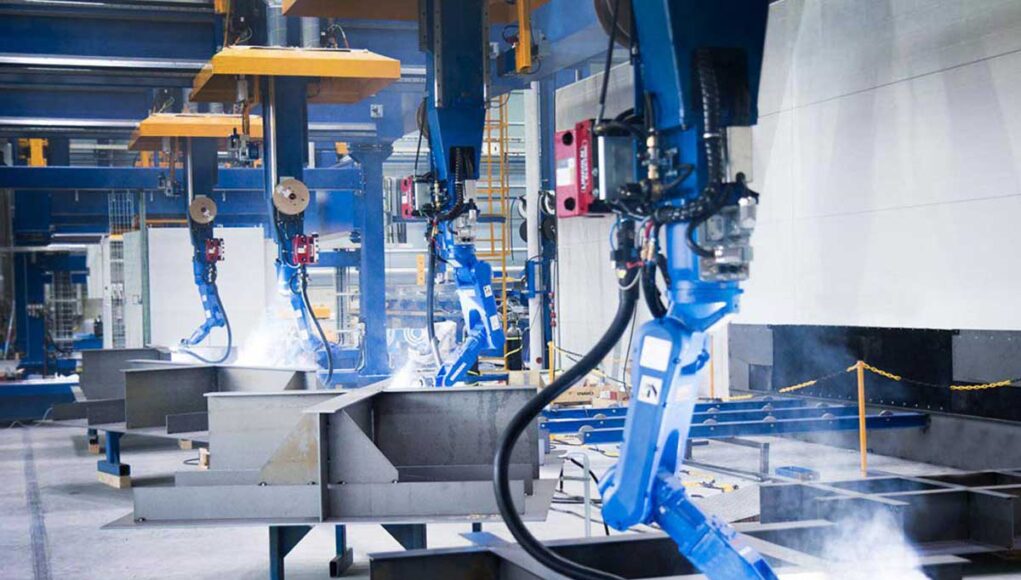

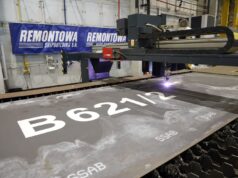
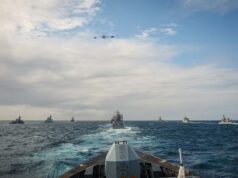



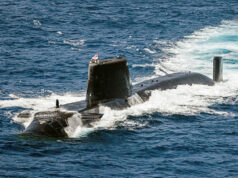

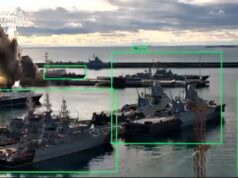


Just a pity this was not all done 10 years ago, BAE might have picked up some decent exports.
10 Years ago. Different times Jim.
Totally agree. Certainly BAe has had guaranteed work at the yard as they had TOBA before getting the T26 order. And they knew they’d get t26 as it was announced before ToBA expired the ships would be built in Scotland. So really no excuse not to invest 10 years ago.
Now spin that to what actually happened. There were originally going to be 13 T26 all to be built by BAe on the Clyde. Then down to 8 and 5 cheaper frigates to be built elsewhere.
Then HMG only ordered 3, with no commitment to the other 5.
So BAe put its wallet away as they were looking a 3 ships then nothing.
Then 2 things happened, the other 5 T26 were ordered (at a greatly reduced price) and the NSBS was issued with a future pipeline of work (T83).
BAe got its wallet out.
Not going to disagree, but Babcock got it wallet out fir a much lower value order and with no sign of follow on order at the time. So theirs a significant difference of where the threshold to invest is between the 2 companies. And it does look like Babcocks investment has pushed BAe. I also think the Australian yard has also shown BAe the art of the possible. We can argue about the methods, but the result is positive. We have 3 yards investing.
Yes and they have really come a cropper, they pitched tge price very and didn’t build in a margin for contingencies such as inflation. Hence they had to renegotiate with HMG for more money, they got some of what they wanted, but according to their CEO they will make no profit on the contract.
That may not be a bad thing nothing like tight margins to.focus their minds on efficiency. I work with a lot of UK manufacturers and the ones where the competition is strong and margins are tight are the most agile and are driven to make improvements. If they don’t the next order goes to the competition.
“We are upskilling instead of bringing in from outside.”
is very important standpoint. Great to hear it. Lack of skilled worker is partly mass, but in majority mismatch in skill.
Catching up decades later , it may well improve fabrication of large structural panels , however the delays are always in the outfitting areas , getting improvements there is what will speed up completions . The method and sequence of work for different trades needs looked at .
No use if there is no ongoing drumbeat of orders so I hope HMG do not blow it this time.
I suspect Hunt and Sunak will emulate Gordon Brown’s QEC order – one of the things he did right at the end of his time in office…..which was actually the right thing to do……this will then leave Labour with a 2.5% problem.
There is sluggish economic growth so increasing defence would be consistent with the headroom provided by that growth rate.
That is the issue that it is all very venerable to lack of new orders
Diffskilling. Just already highly skilled people changing and adding other skills. Good news and keep the slipway as as it keeps different options open.